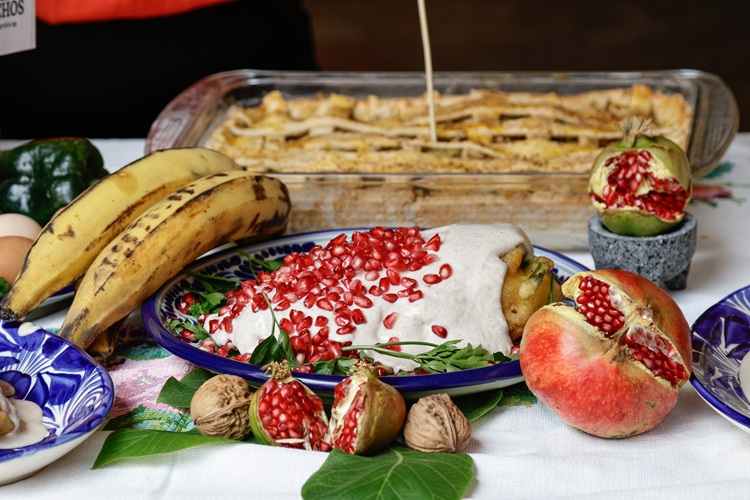Recently, I had the honor of participating in the official opening of the chile en nogada season in Puebla as a former president of CANIRAC. Beyond being a dish, this culinary icon represents a powerful expression of Mexican identity — a blend of history, tradition, flavor, and community. n nThe chile en nogada symbolizes national identity. Its origins trace back to the celebrations of independence and the ingenuity of Augustinian nuns in the 19th century, reflecting the cultural fusion that defines Mexicans. Each ingredient — the poblano chili, meat, fruit, walnut sauce, parsley, and pomegranate — tells a part of the nation’s story and highlights the agricultural richness of the region. n nIt also plays a key role in the local economy. The annual season, which runs from July to September, brings significant economic benefits to Puebla. Farmers, traditional cooks, restaurateurs, waiters, artisans, and vendors all contribute to this value chain. During peak months, some restaurants serve hundreds or even thousands of portions, generating employment, income, and pride across multiple sectors. n nMoreover, the chile en nogada fosters unity. It is common to see entire families working together in kitchens — peeling walnuts, deseeding pomegranates, and carefully preparing each layer of the dish. It also serves as a reason for friends and loved ones to gather around a table. In restaurants, the atmosphere becomes more festive and warm, with stories shared and bonds strengthened. n nPreserving traditions, promoting them, and sharing them is also a form of entrepreneurship. Innovation is not only about creating something new but also about honoring and sustaining what is valuable.
